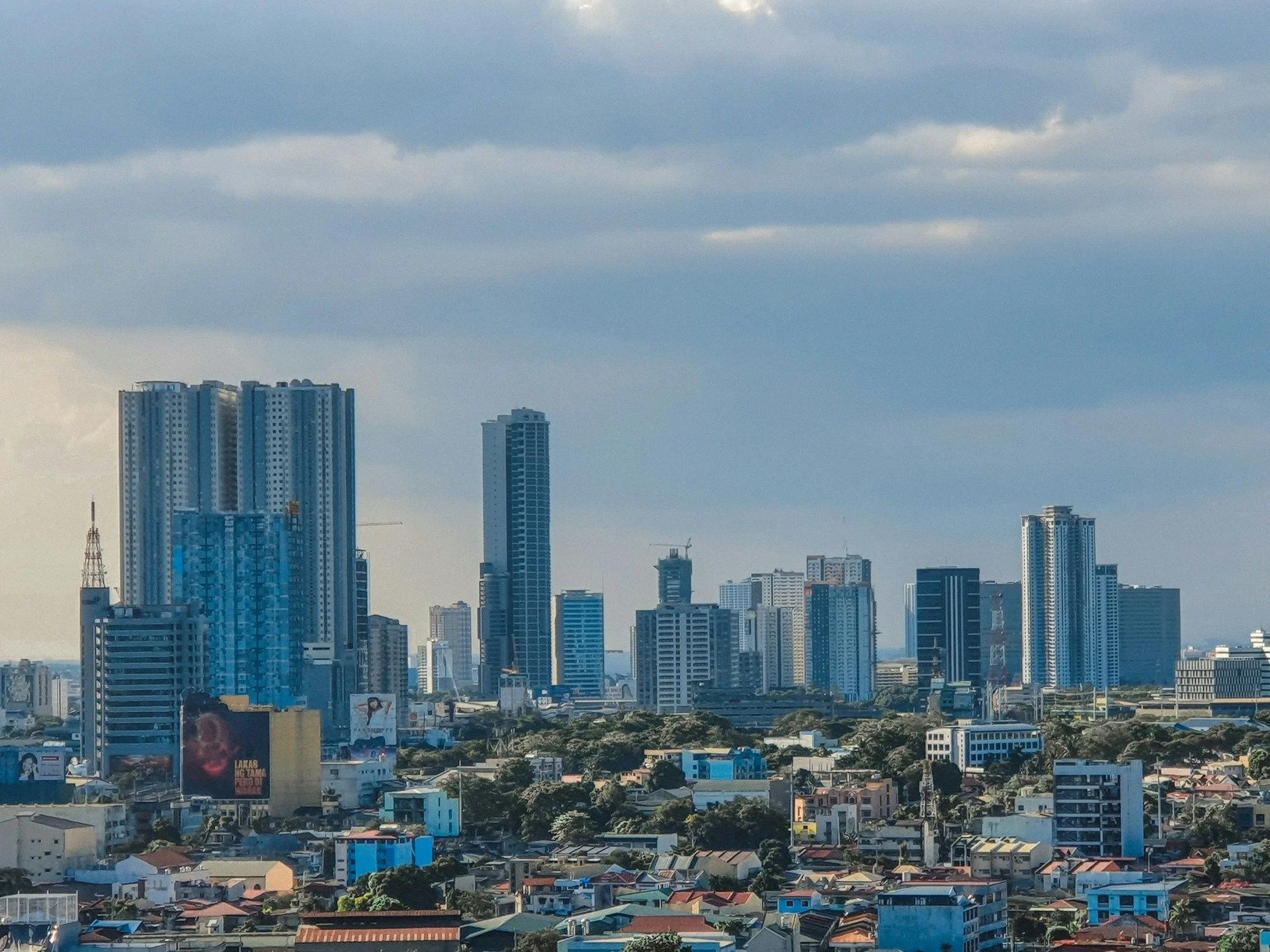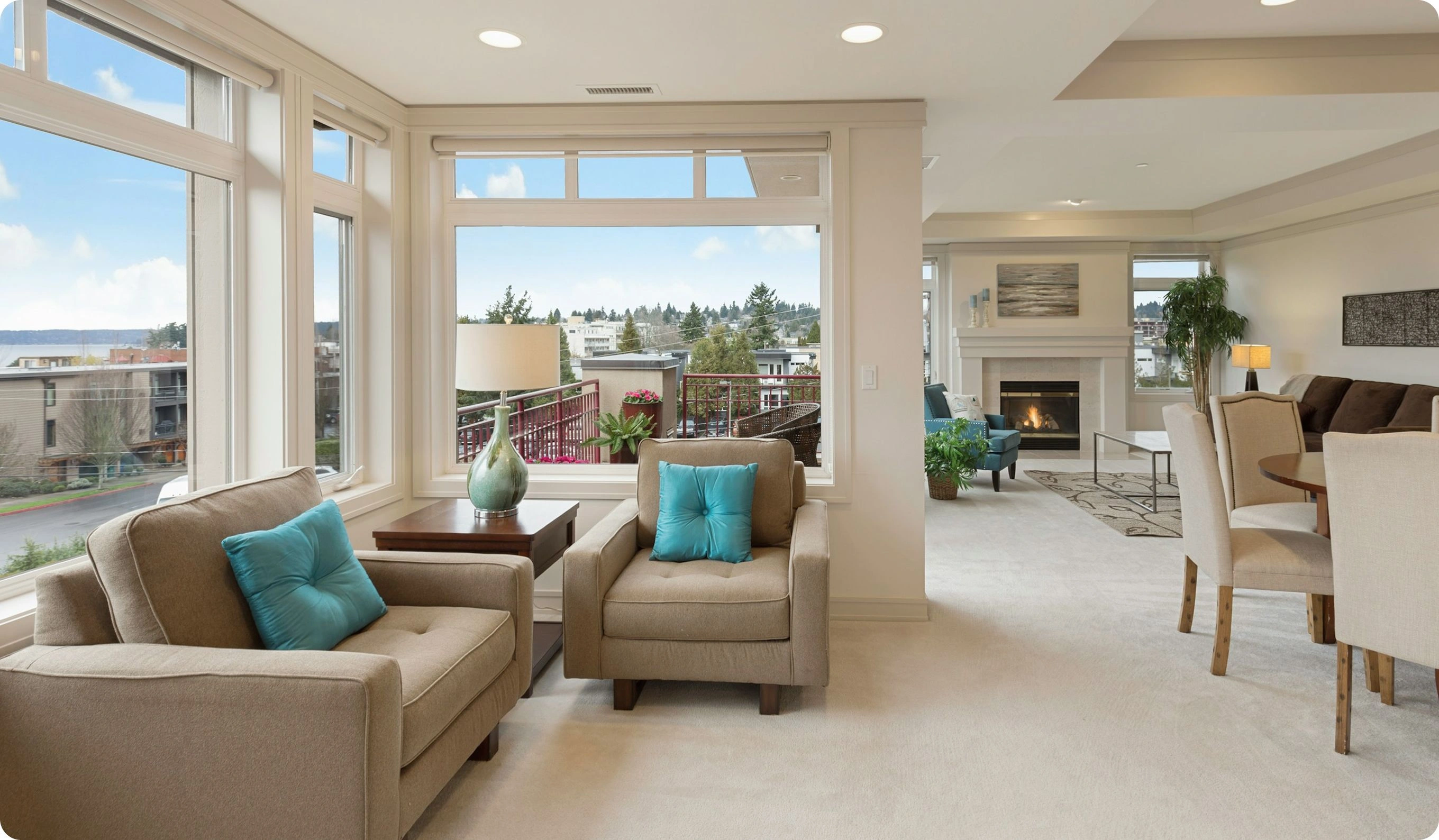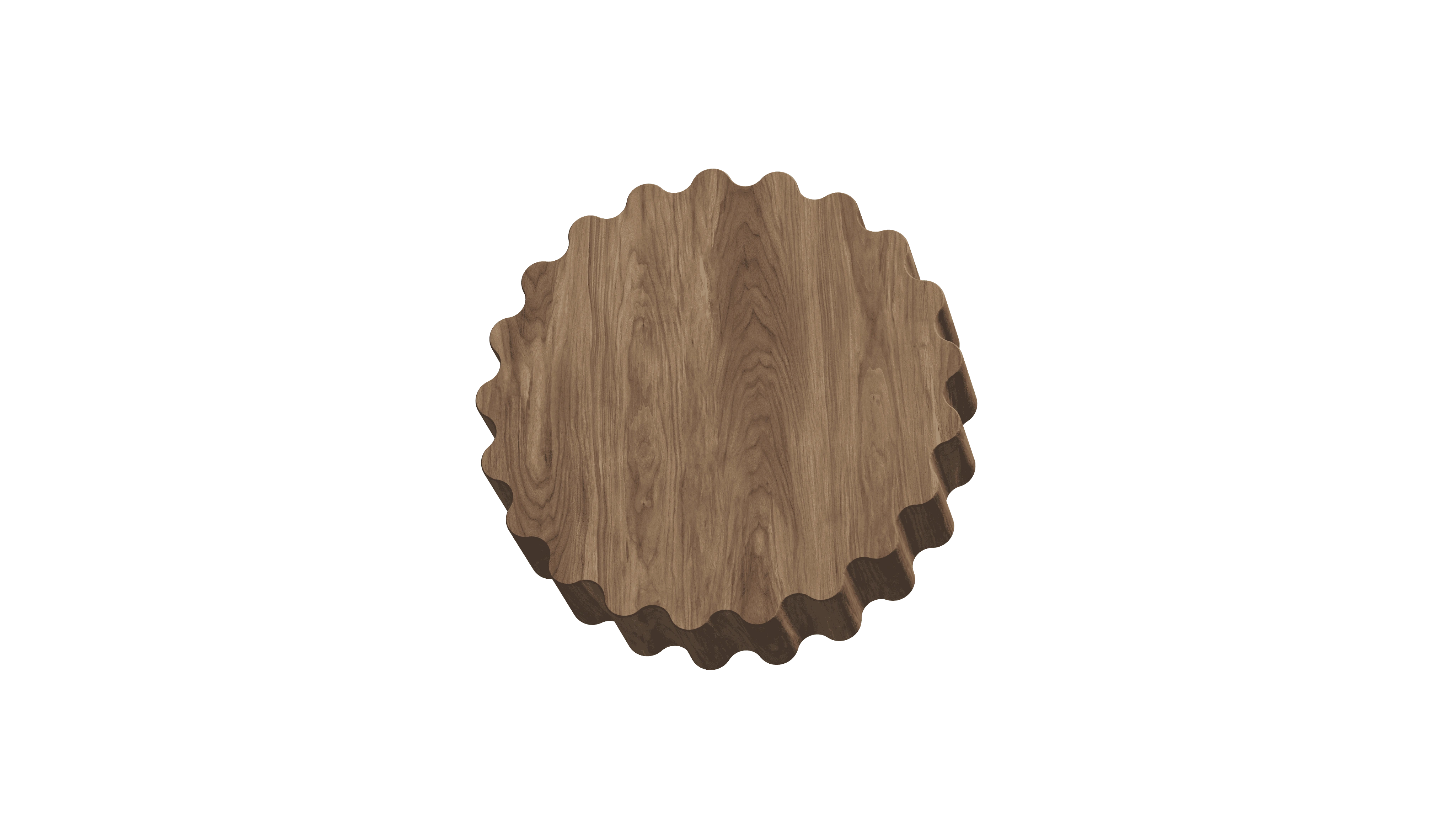Cultural and Adventure Trips in Quezon CityUrban parks, cultural landmarks, vibrantstreet life, foodie adventures

Advantages of traveling
to Philippines
Historic Memorial Circle
Stroll the sprawling Quezon Memorial Circle, discover the Art Deco mausoleum of President Quezon, rent bicycles around shaded pathways, and attend live concerts in its amphitheater.
Urban Eco Escapes
Explore La Mesa Eco Park’s forest trails, paddle a boat on its reservoir, picnic beneath bamboo groves, and learn about watershed conservation in the heart of Metro Manila.
Culinary & Nightlife Hub
Sample street-food delights at Maginhawa Street—taho, artisanal ice cream, craft beer—and finish the evening at live-music lounges and rooftop bars in Eastwood City.
Historic Memorial Circle
Stroll the sprawling Quezon Memorial Circle, discover the Art Deco mausoleum of President Quezon, rent bicycles around shaded pathways, and attend live concerts in its amphitheater.
Urban Eco Escapes
Explore La Mesa Eco Park’s forest trails, paddle a boat on its reservoir, picnic beneath bamboo groves, and learn about watershed conservation in the heart of Metro Manila.
Culinary & Nightlife Hub
Sample street-food delights at Maginhawa Street—taho, artisanal ice cream, craft beer—and finish the evening at live-music lounges and rooftop bars in Eastwood City.

Useful articles
and recommendations from experts
Tourism in Quezon City: A Complete Guide
Quezon City, the most populous city in Metro Manila, offers an eclectic mix of urban green spaces, cultural institutions, and dynamic nightlife. Tourism in Quezon City invites visitors to explore sprawling parks like Quezon Memorial Circle and La Mesa Eco Park, dive into Filipino pop culture at film studios and live-theater venues, and embark on culinary adventures along Maginhawa Street. With efficient road connections via EDSA and C-5, multiple MRT and LRT stations, and ride-hail services, how to visit Quezon City has never been more convenient. Whether you’re planning a day of museum-hopping, a weekend of farm-to-table dining, or an evening in a jazz bar, this guide outlines the best tours in Quezon City, practical logistics, insider tips, seasonal patterns, and curated itinerary recommendations to help you craft an unforgettable urban experience in the heart of the Philippines.
Why Quezon City is attractive for travelers
Quezon City’s appeal stems from its unique combination of sprawling urban parks, vibrant cultural scene, and diverse dining options. As the former capital of the Philippines, it retains significant national landmarks such as the Quezon Memorial Circle, whose towering Art Deco mausoleum honors President Manuel L. Quezon and serves as a focal point for civic events, Sunday farmers’ markets, and outdoor performances. Nature lovers escape the bustle in La Mesa Eco Park—an 85-hectare forest reserve that protects Manila’s watershed. Here, visitors can hike mist-shrouded trails, kayak on a serene reservoir, or ride a zip line above the canopy. The city is also the center of Filipino entertainment: film studios like ABS-CBN and GMA offer behind-the-scenes tours, while venues such as the Cultural Center of the Philippines complex in nearby Pasay host Broadway musicals and local dance productions. Foodies find endless choice along Maginhawa Street, where communal tables showcase artisanal ice creams, vegan eateries, and regional delicacies. With modern malls like Eastwood City and Araneta Center—home to the iconic Philippine Sports Stadium—and a network of bars and clubs catering to every taste, travel experiences in Quezon City satisfy culture seekers, nature enthusiasts, and epicureans all year round.
Main types of tourism in Quezon City
Quezon City supports a variety of tourism styles, each backed by dedicated infrastructure and curated offerings:
- Urban Park & Eco-Tourism: Explore Quezon Memorial Circle’s bike loops and botanical gardens; venture into La Mesa Eco Park for guided forest walks, birdwatching hides, and educational talks on watershed management.
- Cultural & Heritage Tourism: Visit the Bahay Tsinoy museum for Chinese-Filipino history, the Banaue Rice Terraces exhibit at the National Museum complex, and the historic Loyola Memorial Park for architectural highlights.
- Entertainment & Media Tourism: Book studio tours at ABS-CBN or GMA for live-set visits; catch local films at QCinema International Film Festival; attend stand-up comedy nights at The Muni in UP Town Center.
- Culinary & Nightlife Tourism: Embark on a Maginhawa food crawl sampling single-origin coffee, gourmet street tacos, and craft brews; end the night at Eastwood’s rooftop bars or live-jazz lounges in Tomas Morato.
- Shopping & Leisure Tourism: Shop at Gateway Mall and Farmers Plaza in Araneta City; ice-skate at SM City North EDSA’s ice rink; relax at a wellness spa in Vertis North.
- Educational & Academic Tourism: Tour the University of the Philippines Diliman campus—admire the Oblation statue and cultural center—and attend public lectures at Ateneo de Manila University.
Unique attractions and experiences
Quezon City reveals hidden gems that enrich travel experiences in Quezon City beyond standard itineraries. At dawn, join a tai chi session on the Quezon Memorial Circle central lawn with local instructors. Art collectors track down murals in Balara—vibrant works by Filipino artists in secluded alleys. For a culinary deep-dive, attend a weekend communal brunch at Paulina’s Farmstead in Payatas, where chefs source produce directly from on-site gardens. History buffs explore the dilapidated but atmospheric Manila Film Center at dusk for ghost tours and urban legends. A short drive north leads to the art deco remnants of the former Quezon City Hall compound—now home to pop-up cultural markets. Music aficionados book backstage passes at the Music Museum for an insider’s view of Filipino OPM stars. Each of these unique tours in Quezon City offers intimate encounters with the city’s creative spirit, green sanctuaries, and living traditions that lie off the beaten track.
Practical tips for travelers
Maximize how to visit Quezon City smoothly with these insider tips:
- Transport: Major thoroughfares EDSA and C-5 connect QC to Makati and Pasig; the MRT-3 stops at North Avenue for SM North EDSA; the LRT-2 serves Gilmore for Robinsons Magnolia. Ride-hail apps (Grab) offer motorbike taxis (habal-habal) for short hops.
- Accommodation: Options range from budget hostels near Araneta to five-star hotels in Cubao and Eastwood. Booking two to three months ahead is advised during peak festival periods such as QC Summer Festival (May–June).
- Currency & Payments: The Philippine peso (PHP) is used; ATMs and digital payments (GCash, PayMaya) are widely accepted—carry small bills for market vendors.
- Health & Safety: Tap water is not potable—drink bottled. QC is generally safe, but exercise standard caution in crowded market areas. Use mosquito repellent in green parks.
- Etiquette: Greet with “Kamusta” and nods; remove shoes before entering private homes and small temples. Ask permission before photographing people in local villages and markets.
Seasonal demand and visitor flows
Quezon City’s tropical climate and event calendar shape optimal travel windows. Dry Season (November–April): Cooler, drier weather makes parks and open-air festivals most enjoyable—hotel and tour rates rise by 15–20% during Christmas, New Year, and the QC Film Festival in February. Shoulder Seasons (May–June, September–October): Occasional afternoon rains cool the city; fewer crowds at major attractions and discounts at boutique hotels. The QC Summer Festival highlights food, music, and art events in April–May. Wet Season (July–August): Heavy rains can disrupt outdoor plans—ideal for indoor experiences like museum visits and mall-hopping. Aligning your itinerary with these seasonal patterns and best tours in Quezon City ensures optimal weather, value, and cultural immersion.
Travel planning recommendations
To craft an efficient QC-centric itinerary, integrate these day-by-day recommendations:
- Day 1 (Parks & Markets): Morning bike ride in Quezon Memorial Circle; brunch at a café in Cubao Expo. Afternoon visit to Cubao Farmers Market; evening sunset at UP Diliman’s Sunken Garden.
- Day 2 (Culture & Media): Studio tour at ABS-CBN; lunch at Maginhawa Street. Visit Bahay Tsinoy museum; catch a local play at the University Theatre.
- Day 3 (Eco & Village): Day-trip to La Mesa Eco Park for kayaking and hikes. Afternoon farmstead lunch at Paulina’s; return for a riverside dinner in Eastwood City.
- Day 4 (Heritage & Shopping): Explore Art Deco heritage in Diliman; shop at SM North EDSA and Trinoma. Evening jazz performance at a Tomas Morato lounge.
- Day 5 (Hidden Gems & Farewell): Dawn tai chi at Memorial Circle; visit Balara murals; lunch at local carinderia serving pinoy comfort food; final coffee at a rooftop bar in Vertis North before departure.
For peak-season tourism in Quezon City, reserve accommodations and specialty tours two to three months ahead. Book studio and museum skip-the-line tickets one month before. Download offline navigation apps (Maps.me) and ride-hail apps (Grab). Pack light, breathable clothing for hot days, a light rain jacket for brief showers, and comfortable walking shoes for uneven park paths. Carry a reusable water bottle and portable charger. Secure comprehensive travel insurance covering urban and park excursions. By following these strategies on how to visit Quezon City, you’ll unlock the city’s most engaging travel experiences in Quezon City, ensuring a seamless, enriching, and deeply memorable Metro Manila adventure.
